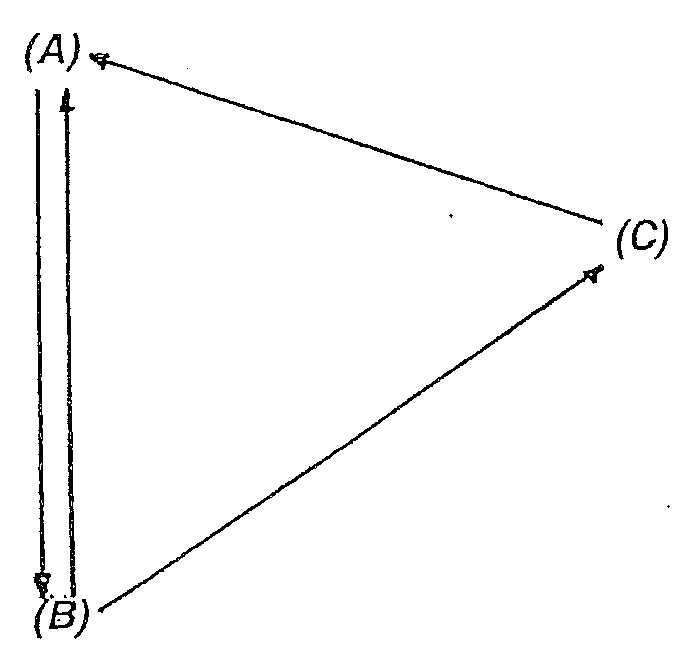Regeneration of boron-oxygen defects in monocrystalline solar cells made of Cz silicon
Abstract
The efficiency of solar cells made of CZ silicon decreases by more than 1 % in absolute figures under sunlight within a few hours (light induced degradation - LID). At the University of Konstanz a method was developed that makes it possible to stabilize the efficiency of the solar cell at nearly its output level. During production the solar cells are regenerated by either illumination at temperatures of between 100 and 230 degrees or applying voltage. The method can be easily integrated in the conventional manufacturing process and allows for an increase in efficiency by up to 5 % rel.
Background
Monocrystalline silicon wafers for industrial production of solar cells are mainly produced using the CZ method (Czochralski method), since this is more cost effective than the floatzone method. However, the Cz drawing process has a disadvantage in that the boron-doped silicon absorbs oxygen, which leads to degradation during subsequent operation of the solar cell, i.e. the efficiency of a solar cell made of CZ silicon decreases by more than 1 % in absolute figures under sunlight within a few hours.
Problem
Approaches aimed at avoiding degradation range from reducing the boron content in the silicon to complex magnetic field technology to reduce the oxygen content or using gallium or phosphorus as the dopant instead of boron. While the optimal efficiency of a solar cell can no longer be achieved by reducing the boron content, the magnetic field technology is so complex that it incurs a relatively significant increase in costs and is therefore not suitable for mass production of solar cells. The use of gallium has a disadvantage in that homogeneous distribution in the entire crystal is extremely difficult to achieve due to its solubility. The use of phosphorus on the other hand results in a change in the entire processes since n-type doping of the silicon is therefore carried out. In general, degradation is accepted and cells or modules are sold with the performance they offer after degradation.
Solution
A method was developed at the University of Konstanz that stabilizes the efficiency of solar cells and can be easily integrated into existing production processes. Here, the researchers took advantage of the fact that degraded solar cells regenerate when the cells are either illuminated at temperatures of between 100 and 230 degrees or voltage is applied.
The integration of the process is possible at different times in the production process, for example, after the firing step, as long as the subsequent steps do not require temperatures of more than 200 °C. Tests confirmed the efficiency of regeneration, whereby the processing time depends strongly on the temperature and the wafers’ quality. It is also conceivable that the regeneration takes place with the finished modules.
Advantages
- Partial correction of the boron-oxygen defects in Cz silicon solar cells
- Increase in efficiency by up to 5 % rel. possible
- Cost-effective and easy integration into conventional manufacturing processes
- Hardly any additional production space needed thanks to short process times
Application
Regeneration of boron-oxygen defects in monocrystalline solar cells made of Cz silicon.

